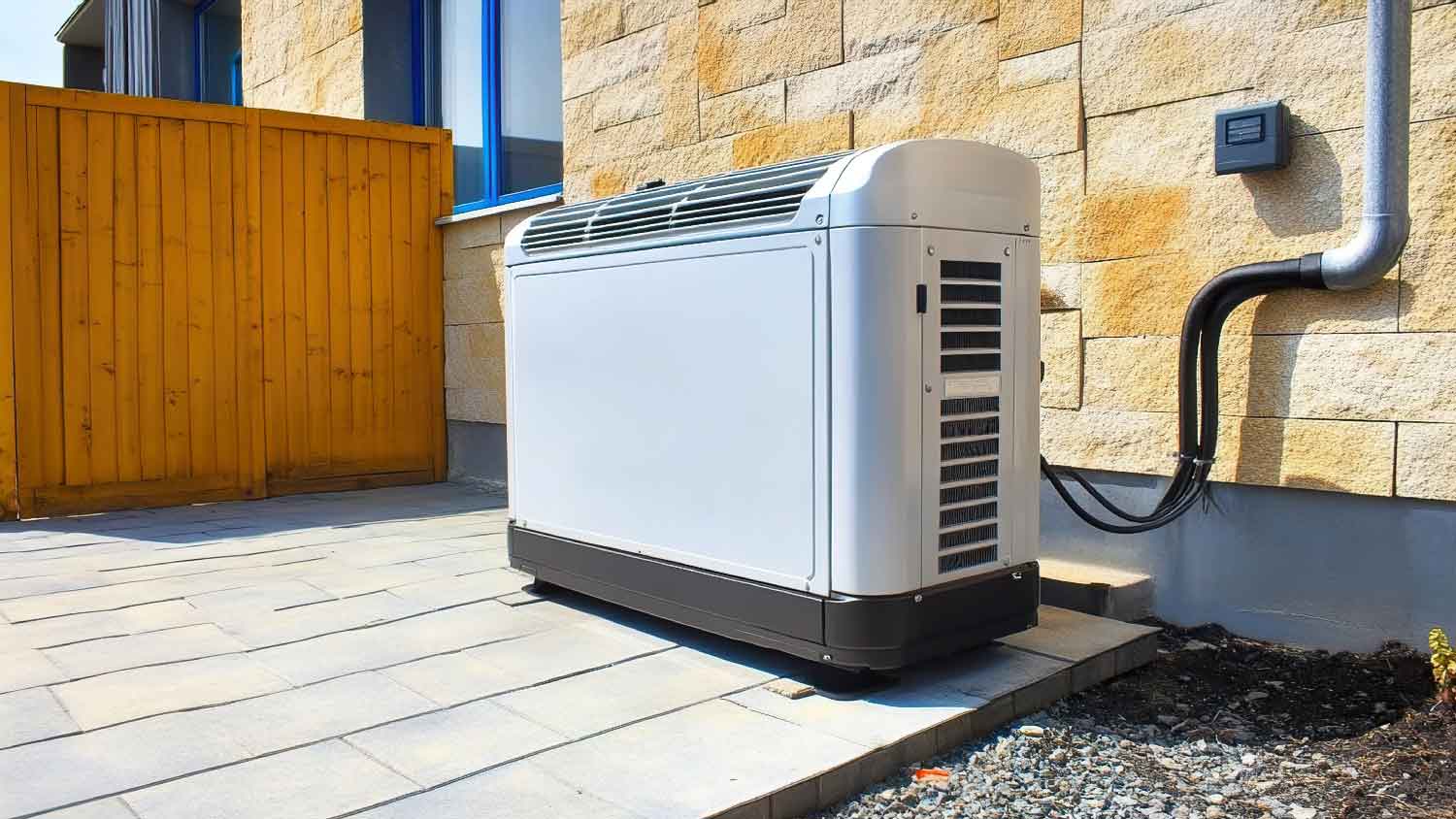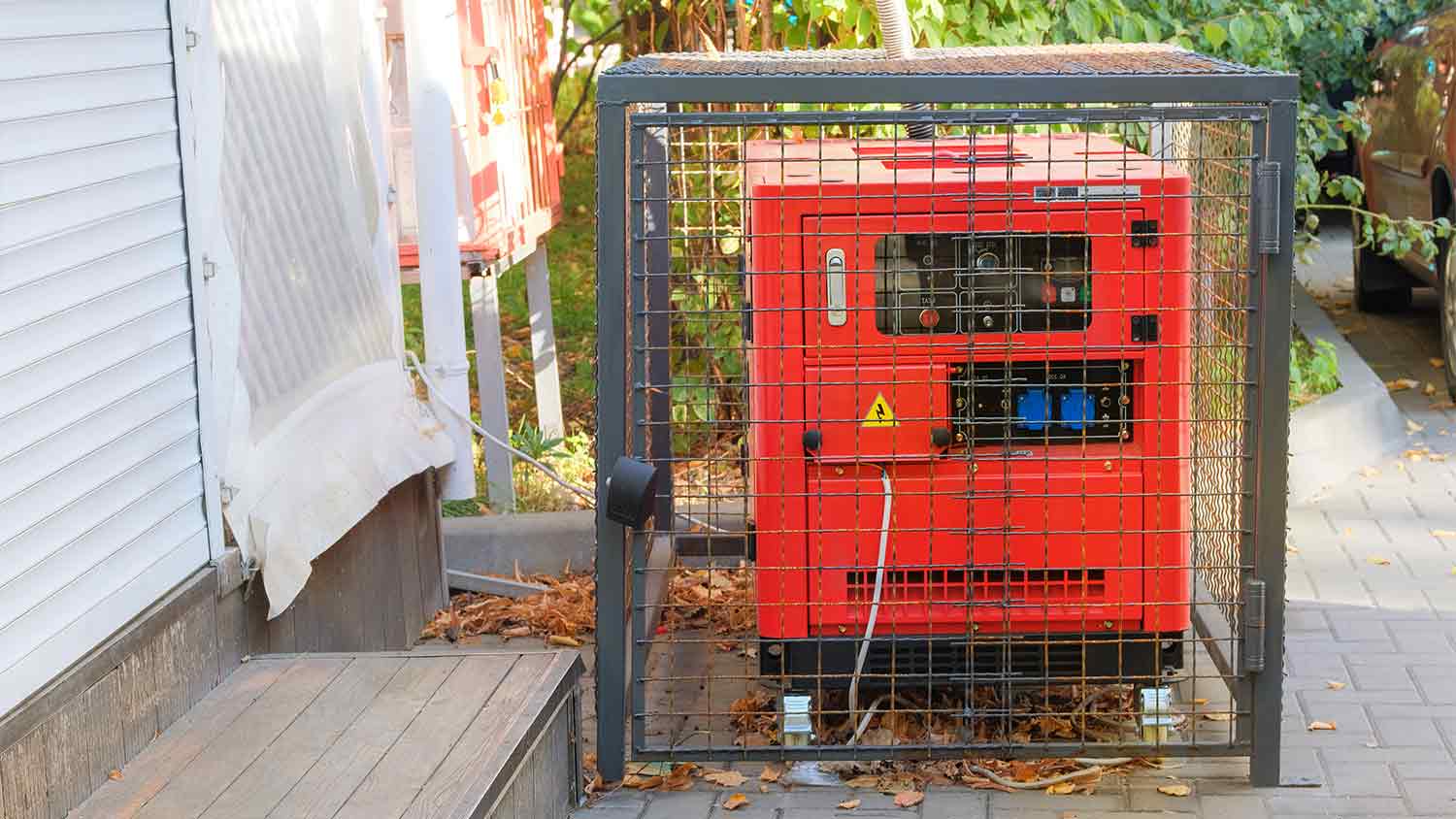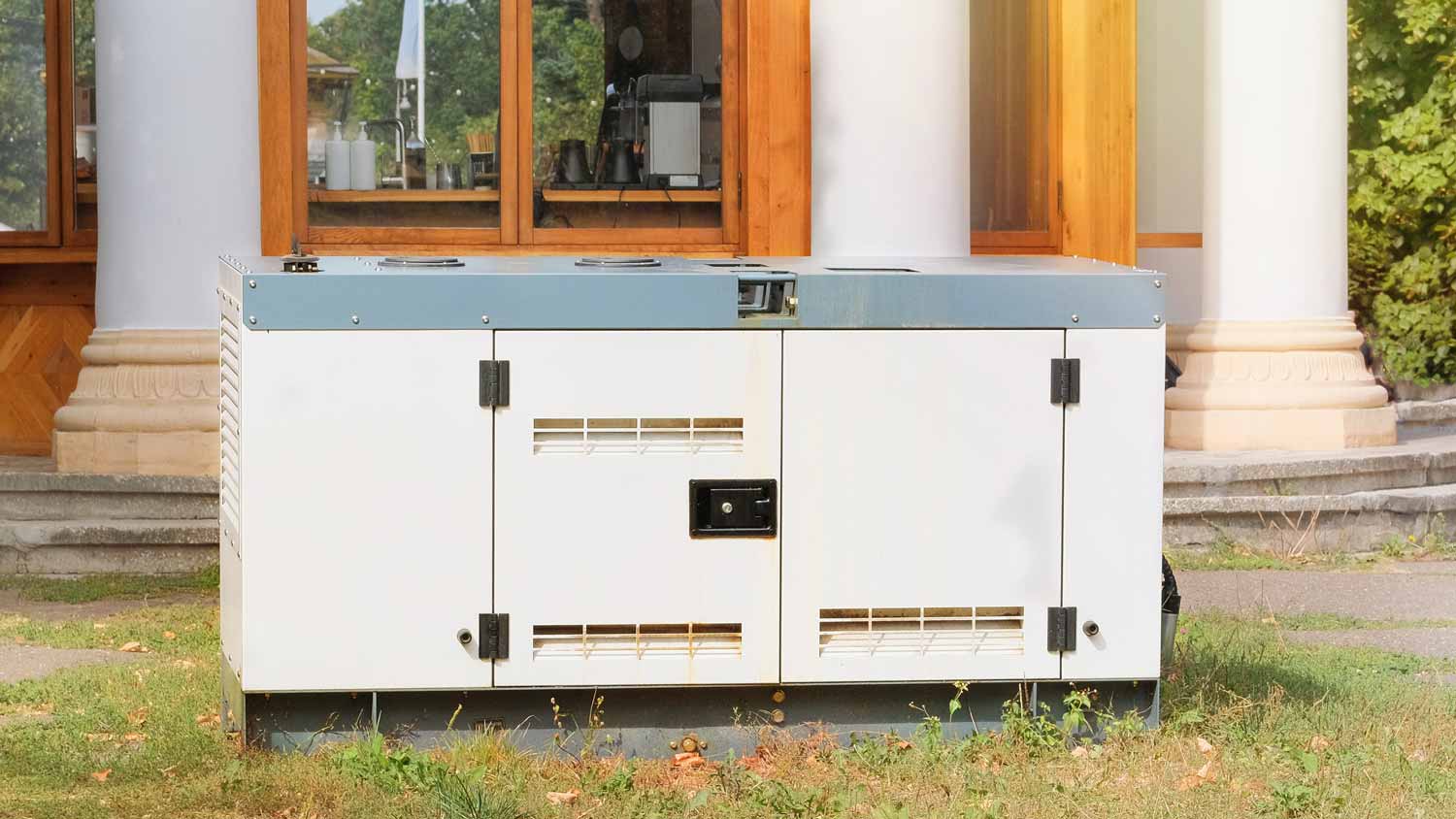How Do Natural Gas Generators Work?
A generator with no refills needed
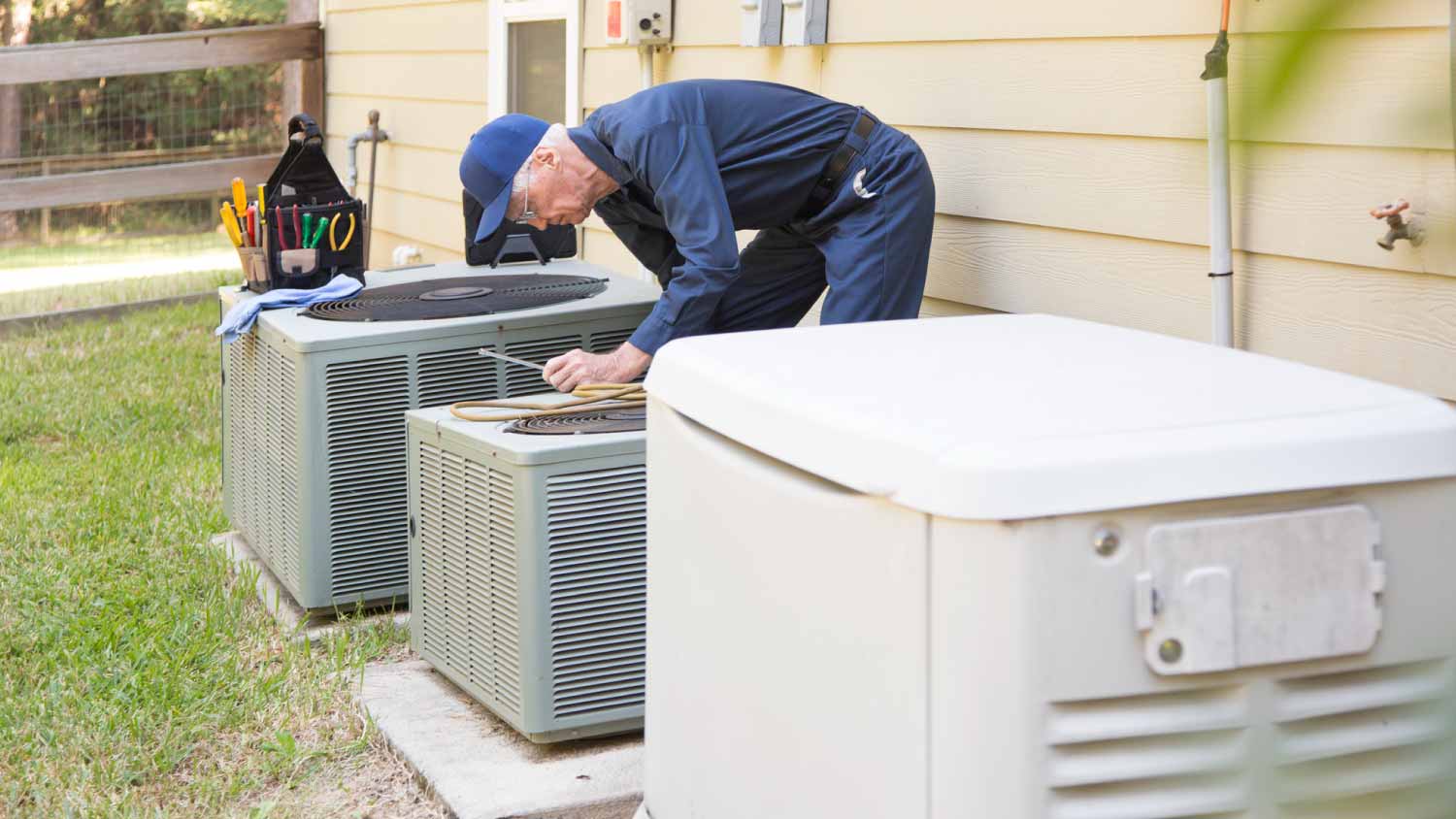

Natural gas generators connect to an underground natural gas line for an unlimited source of fuel to power generators and other systems.
This setup is ideal for backup and whole-home generators that require significant fuel to power homes during an emergency.
Natural gas is inexpensive, but it’s only available in more populated areas, so it’s less likely to be an option for rural homes.
While reliable, natural gas generators may be limited in placement, affected by local exhaust laws, and disabled by events like earthquakes.
Large generators designed to provide power to a whole house (or a significant part of it) need plenty of fuel to work through power outages. Among the available options, natural gas generators are the only models that don’t require fuel refills.
Natural gas generators have a constant connection to fuel lines so they’re ready whenever your home needs power—as long as you have natural gas in your area. Here’s how natural gas generators work, and when to hire a generator installer for your project.

What Is a Natural Gas Generator?
Home generators provide an alternate source of electricity during an electrical emergency. Natural gas generators use a permanent connection to a natural gas line as a fuel source and burn that gas for power.
This approach contrasts with other fuel options like propane or diesel, which need to be frequently refilled. Since this type of generator uses natural gas lines, they are typically a permanent installation made for frequent backup power or as an off-grid solution for cabins and similar spots.
How Natural Gas Generators Work
A natural gas generator has a combustion engine, similar to a gas-powered car or lawnmower. This engine drives a motor, which spins an alternator to generate an electrical current. The current is adjusted to the correct frequency, voltage, and amperage to power a home’s electrical system.
But where does the fuel come from? These generators run on natural gas, an affordable fuel pumped from underground directly into homes—commonly used for gas fireplaces and furnaces. A natural gas generator requires a dedicated line connected to the main gas supply, ensuring a continuous fuel source.
To operate safely, natural gas generators include several key components. They have an exhaust system to vent gases after combustion and a cooling system to prevent overheating. When used as a home backup generator, they are typically connected to a transfer switch, allowing the home’s electrical system to seamlessly transition to generator power when needed.
Do You Need Natural Gas In Your Area To Use a Natural Gas Generator?
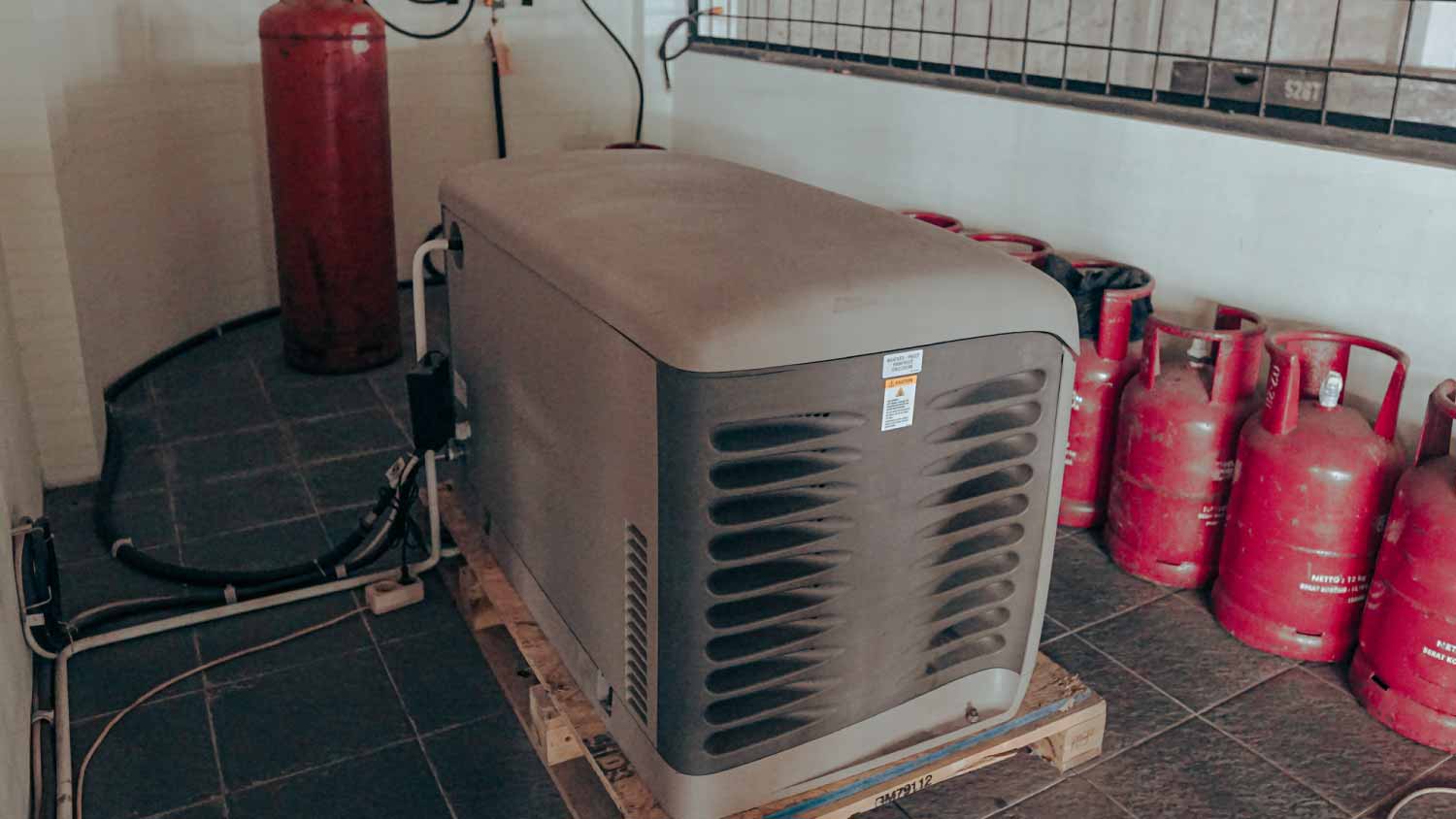
You cannot buy refills or tanks of natural gas like diesel, propane, or other fuel options. Natural gas is only available if there’s existing infrastructure in your area. Natural gas lines are very common in more populated urban or suburban areas, and less common in rural areas. Your local energy utility company and local generator installer can provide more information about availability and installation.
Limitations of Natural Gas Generator
Natural gas generators are very dependable as long as you have natural gas access, but there are a few factors to consider:
Installation location may be restricted, depending on where the existing natural gas lines are and accessibility of the connection.
Some states have laws limiting the exhaust that fuel appliances can produce. You may need to add a catalytic converter to the natural gas generator or meet other requirements to use one.
Natural gas lines are vulnerable to some natural disasters, notably earthquakes, which can disable service.
Frequently Asked Questions
Yes, natural gas generators can work without electricity. Natural gas generators are a common type of backup or whole-house generator that operates when the electrical grid isn’t working. The trick is using a transfer switch (which usually needs to be installed with the generator) that safely switches the home electrical system from the power grid to generator power when needed.
Natural gas and electricity rates vary significantly based on location, and pricing can change over time, too. It’s possible that in locations where natural gas is particularly inexpensive, it will cost less than grid-based electricity will. However, you should also factor in the generator’s initial costs and maintenance needs, as well as its noise level and if it can comfortably power all your home appliances.
Natural gas generators are designed to run for extended periods of time, such as power outages during a natural disaster. Since there’s no limit to the supply of natural gas, they don’t need to stop for refills. However, generators do need maintenance, including pauses to check and add oil. Constantly running them will also cause a lot more wear and tear, leading to a shorter lifespan.
When properly maintained, natural gas generators can last a long time, as much as 20 to 40 years. They have relatively few needs compared to generators with other fuel types. However, the generator’s lifespan ultimately depends on how often the generator is used and for how long it’s left running.


